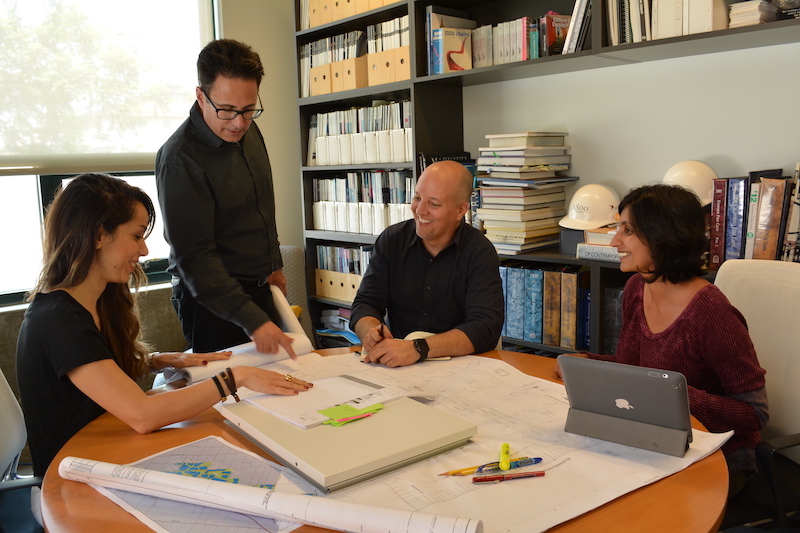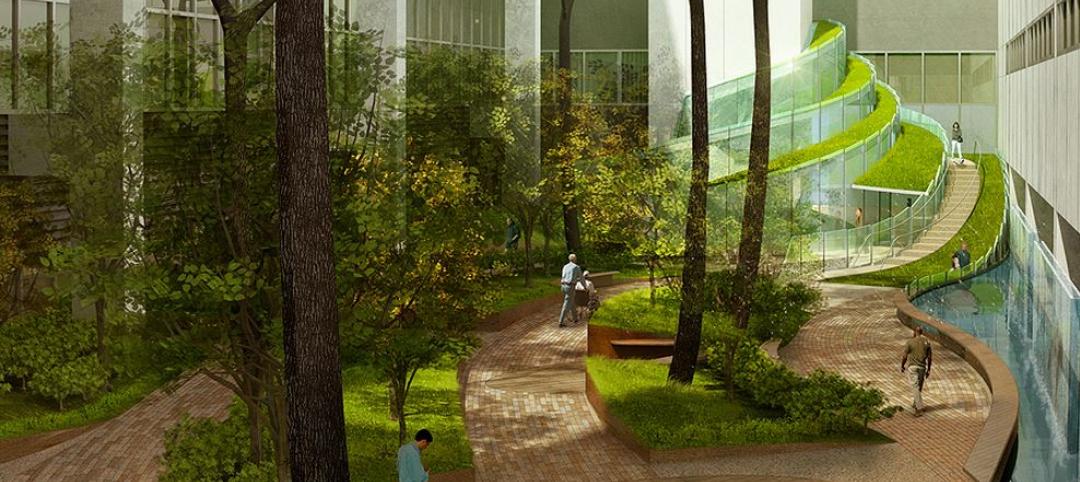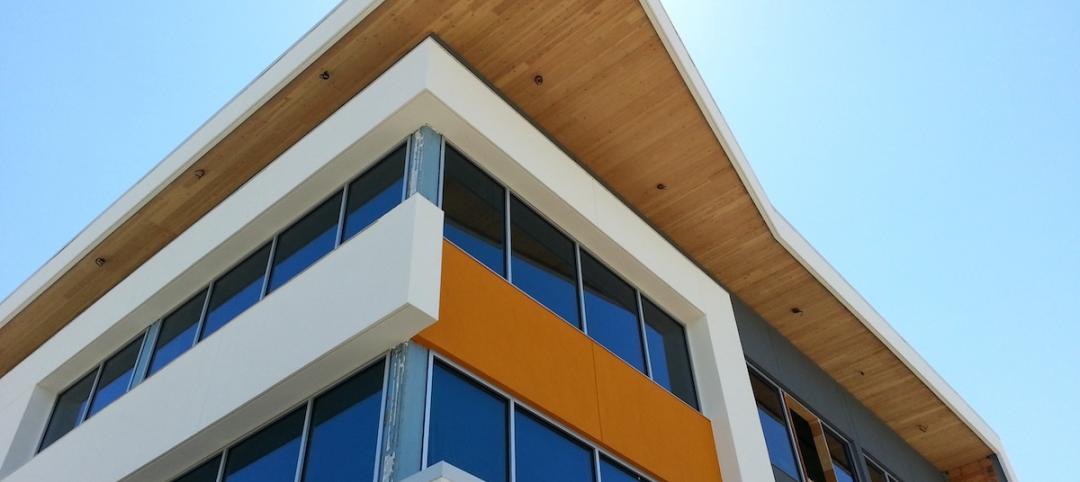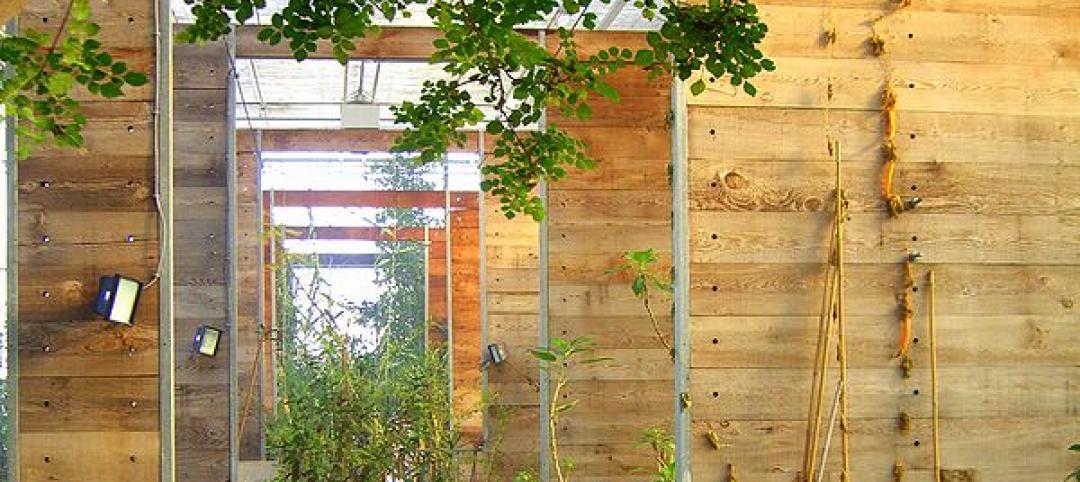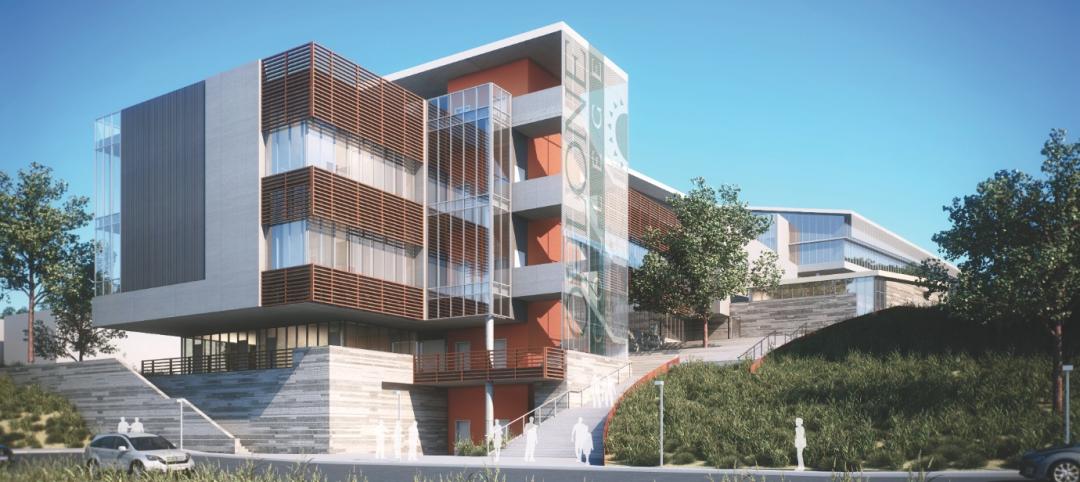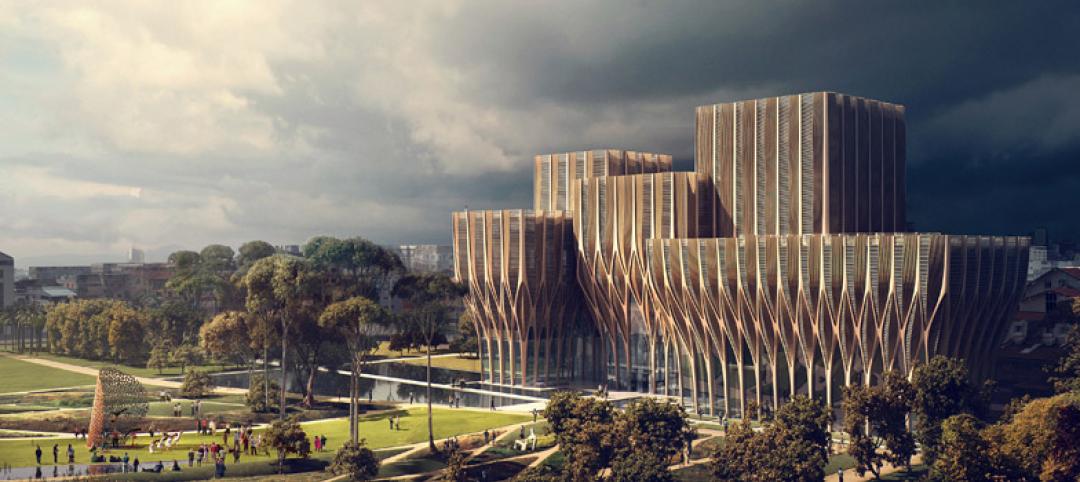Throughout my early life, my father would get up at 4:30 in the morning, six days a week, for his job as a contractor. I knew his work was taxing from seeing his coarse hands and tired eyes after he got home each day, yet he always had the energy to spend time with me. He was my closest friend and confidant, as well as my most influential role model.
In later years, as I began to pursue architecture professionally, he made sure to instill in me a sense of respect toward all workers involved in the building process, from architects and engineers, to contractors and subcontractors. It was important to him that I saw the importance of collaboration between teams, and the value of each person’s unique role and perspective. To him, each individual had ideas worthy of consideration and reward.
My experiences as a young man working side-by-side with him on job sites led to a deeper understanding of the difficulty that comes with working in the trades, and how the best at their craft worked hard to earn their sense of pride.
Using his own drawings, Swartz discusses the importance of construction detailing with his team in the HLW Los Angeles office.
REINSTILLING QUALITY IN CONSTRUCTION DRAWINGS
After 35 years as an architect, one of the things I have come to realize is that we architects need help from the trades in order to improve the quality of construction drawings. The knowledge that contractors and subtrades have is key in creating drawings and details that reflect the best constructed solution. Harnessing a sense of curiosity in the field and asking questions during the building process is one of the best ways to improve one’s understanding of construction, and therefore one’s understanding of architecture.
There have been countless times where I have seen details drawn by architects that ended up being built differently, often in a manner that improved upon the original design while still preserving the original aesthetic goal.
It is also true that contractors need help from architects in order to better understand the goals of a given design. Many times I have witnessed design goals being lost within the process of administration, change orders, RFI’s, and the many operations that go into constructing a building.
We can avoid this predicament if we go into the project supporting our designs with quality construction documents and open communication between teams. If trades workers are going to the job each day knowing their whole team is supporting them, it will inevitably produce the best possible results.
LEARNING FROM OTHER MEMBERS OF THE PROJECT TEAM
The key to all of this is a shared understanding that everyone on the project team can learn from one another. I cannot tell you how many times I have been taught something new by a subcontractor in the field because I was willing to ask questions, and people were usually more than happy to explain what they were doing and why.
Through the consolidation of field knowledge, I have continued to learn long after my days in school. I have likewise made an effort to explain the decision making behind our projects so that the whole project team can both understand our reasoning and gain insight into the design process.
Though no single individual can hold all the knowledge of an entire team, this only proves that it is all the more important for everyone to work together to fill in the gaps. That’s why I always try to be as approachable as possible, so that I can always be exchanging information across teams and across trades.
VALUES THAT ELEVATE THE PROFESSION OF ARCHITECTURE
Every evening when I wrap up my work, I can’t help but wonder if my father would approve of the architect I have become. Although I don’t come home with coarse hands or an exhausted body, I still think he would be proud of my hard-working attitude and my respect for my coworkers. I believe he would acknowledge my attempts to better understand construction and incorporate that into practical solutions for real world designs.
I can only hope he would agree with my practice of prioritizing the quality of construction drawings, along with my belief that imparting those values to my team is the best way to elevate the profession. Undoubtedly, he would have challenged every detail I drew and pushed me even harder to find the best conceivable solutions to any problem.
But I believe that, as a contractor himself, he would have respected my process as a designer, and would have been pleased with the way I collaborate with my team. Occasionally, he might have even thought that I had found a better solution than his.
ABOUT THE AUTHOR
David Swartz, FAIA, IIDA, is a Senior Partner in the Los Angeles office of architecture firm HLW. He would like to thank Kylie McManus for help in editing this essay.
Related Stories
| Oct 13, 2014
The mindful workplace: How employees can manage stress at the office
I have spent the last several months writing about healthy workplaces. My research lately has focused on stress—how we get stressed and ways to manage it through meditation and other mindful practices, writes HOK's Leigh Stringer.
| Oct 13, 2014
Debunking the 5 myths of health data and sustainable design
The path to more extensive use of health data in green building is blocked by certain myths that have to be debunked before such data can be successfully incorporated into the project delivery process.
Sponsored | | Oct 13, 2014
The problem with being a customer-centric organization
Kristof De Wulf, CEO of InSites Consulting, argues that the effects of customer-centricity typically don’t endure, leading only to temporary improvements in company performance. SPONSORED CONTENT
Sponsored | | Oct 13, 2014
CLT, glulam deliver strength, low profile, and aesthetics for B.C. office building
When he set out to design his company’s new headquarters building on Lakeshore Road in scenic Kelowna, B.C., Tim McLennan of Faction Projects knew quickly that cross-laminated timber was an ideal material.
Sponsored | | Oct 13, 2014
Think you can recognize a metal building from the outside?
It’s getting more and more difficult to spot a metal building these days. What looks like brick, stucco or wood on the outside could actually be a metal building in disguise. SPONSORED CONTENT
Sponsored | | Oct 13, 2014
Liberty Utilities protects installers with Viega MegaPress
Liberty Utilities of New Hampshire wanted a way to keep its installers safe without compromising the quality of their installations, which is why the utility provider decided to start installing Viega MegaPress. SPONSORED CONTENT
| Oct 13, 2014
Department of Agriculture launches Tall Wood Building Competition
The competition invites U.S. developers, institutions, organizations, and design teams willing to undertake an alternative solution approach to designing and building taller wood structures to submit entries for a prize of $2 million.
| Oct 12, 2014
AIA 2030 commitment: Five years on, are we any closer to net-zero?
This year marks the fifth anniversary of the American Institute of Architects’ effort to have architecture firms voluntarily pledge net-zero energy design for all their buildings by 2030.
| Oct 10, 2014
A new memorial by Zaha Hadid in Cambodia departs from the expected
The project sees a departure from Hadid’s well-known use of concrete, fiberglass, and resin. Instead, the primary material will be timber, curved and symmetrical like the Angkor Wat and other Cambodian landmarks.
| Oct 9, 2014
Regulations, demand will accelerate revenue from zero energy buildings, according to study
A new study by Navigant Research projects that public- and private-sector efforts to lower the carbon footprint of new and renovated commercial and residential structures will boost the annual revenue generated by commercial and residential zero energy buildings over the next 20 years by 122.5%, to $1.4 trillion.


